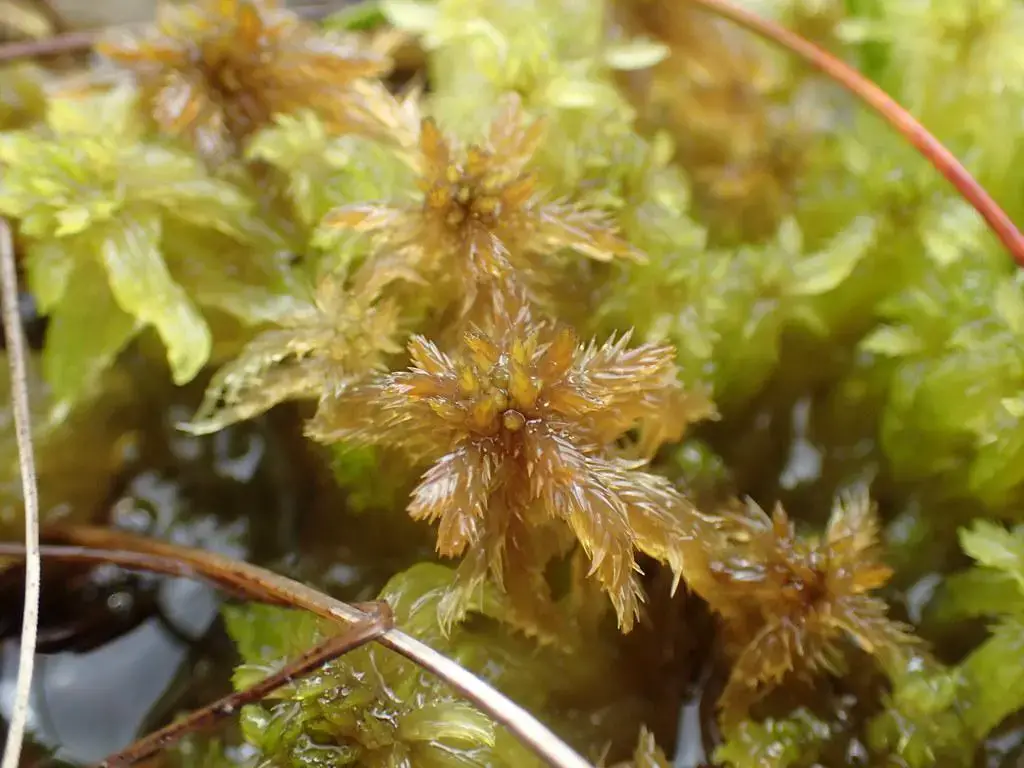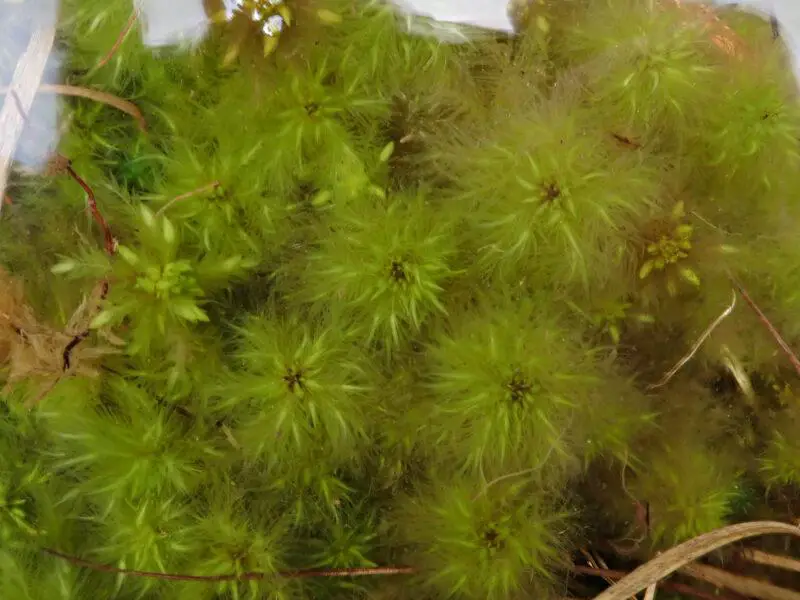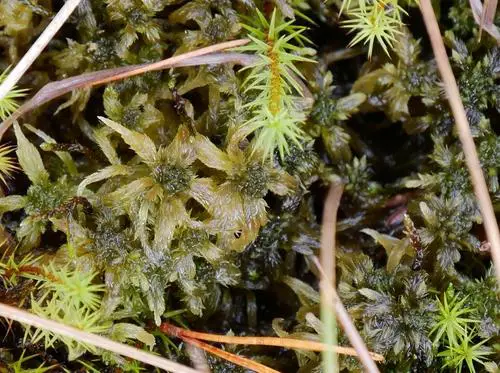
50873339301_3d5709a7b8_b.jpg from: https://www.flickr.com/photos/155873633@N07/albums/72157718029161433
Introduction
In the vast and fascinating world of bryophytes, one particular moss species stands out for its unique characteristics and ecological significance: Sphagnum majus (Russow) C.E.O.Jensen. Belonging to the Sphagnaceae family, this moss is commonly known as Sphagnum, and it has captured the interest of enthusiasts and researchers alike.
Sphagnum-balticum-Russow-CEOJensen-A-Inner-perichaetial-leaf-B-Antheridium.ppm from: https://www.researchgate.net/figure/Sphagnum-balticum-Russow-CEOJensen-A-Inner-perichaetial-leaf-B-Antheridium_fig4_359508405
Background
Sphagnum mosses are a diverse group of plants that play a crucial role in the formation and maintenance of peatlands, which are ecosystems characterized by waterlogged, acidic conditions. These mosses have evolved remarkable adaptations that allow them to thrive in such environments, making them invaluable components of these unique habitats.
Main Content
Morphology and Identification

Sphagnum-cuspidatum-800×600.jpg from: https://www.britishbryologicalsociety.org.uk/learning/species-finder/sphagnum-majus/
Sphagnum majus is a robust and densely tufted moss species, with stems that can reach up to 20 centimeters in length. Its leaves are typically large, ovate-lanceolate in shape, and arranged in a spiral pattern around the stem. One of the most distinctive features of this moss is its vibrant green to yellowish-green coloration, which can sometimes take on a reddish hue.
Global Distribution and Habitat
Sphagnum majus is widely distributed across the Northern Hemisphere, with populations found in Europe, Asia, and North America. It thrives in a variety of wetland habitats, including bogs, fens, and even along the margins of lakes and streams. This moss plays a crucial role in the formation and maintenance of peatlands, as it has the ability to acidify its surroundings and create waterlogged conditions favorable for its growth.
Ecological Roles and Adaptations
Sphagnum mosses, including Sphagnum majus, are often referred to as “ecosystem engineers” due to their remarkable ability to modify their environment. These mosses possess specialized cells called hyaline cells, which can absorb and retain large amounts of water, contributing to the waterlogged conditions characteristic of peatlands.

medium-17834.jpeg from: https://plantdollar.com/plant/sphagnum-majus/
Additionally, Sphagnum mosses are known for their ability to acidify their surroundings through the release of organic acids, creating an environment that is inhospitable to many other plant species. This process, known as paludification, plays a crucial role in the formation and maintenance of peatlands.
Case Studies/Examples
One notable example of the ecological significance of Sphagnum majus can be found in the Mer Bleue Bog, located near Ottawa, Canada. This vast peatland is home to a diverse array of plant and animal species, and Sphagnum majus plays a vital role in maintaining the unique conditions that support this ecosystem.
Technical Table
| Characteristic | Description |
|---|---|
| Scientific Name | Sphagnum majus (Russow) C.E.O.Jensen |
| Family | Sphagnaceae |
| Division | Bryophyta |
| Class | Sphagnopsida |
| Stem Length | Up to 20 cm |
| Leaf Shape | Ovate-lanceolate |
| Coloration | Green to yellowish-green, sometimes reddish |
| Habitat | Bogs, fens, wetlands, lake margins |
| Distribution | Northern Hemisphere (Europe, Asia, North America) |
Conclusion
Sphagnum majus is a remarkable moss species that plays a vital role in the formation and maintenance of peatlands, which are not only ecologically significant but also serve as important carbon sinks. As we continue to explore and understand the intricate relationships within these ecosystems, we are reminded of the incredible diversity and adaptations found in the world of bryophytes. Perhaps the next time you encounter a lush, vibrant carpet of Sphagnum moss, you’ll appreciate the intricate web of life it supports and the invaluable services it provides to our planet.